You might wonder why humans would ever decide to eat mushrooms. At first glance, mushrooms might seem unappealing. They are, after all, a type of fungus, and many varieties are toxic. Unlike plants, mushrooms lack chlorophyll and do not require sunlight to grow. Instead, mushrooms grow from the decaying and deceased matter of plants and animals. Their cell walls do not contain plant cellulose but chitin, a carbohydrate-amine complex that also makes up the outer skeleton of insects and crustaceans. These characteristics can cause some people to write mushrooms off as inedible. However, a closer look reveals that mushrooms are a fascinating and nutritious food source.
Like any other plant rooted in the soil, mushrooms extract nutrients from the ground. They are a good source of protein, vitamins, and fiber, making them a valuable addition to any diet. What sets mushrooms apart is their high concentrations of the vitamin D precursor, ergosterol, which converts into vitamin D when exposed to ultraviolet radiation. This process is similar to how your skin synthesizes the vitamin in response to sun exposure, making mushrooms a unique source of this essential nutrient. [1]
From a culinary perspective, mushrooms are not just nutritious but also versatile. Thanks to the naturally occurring monosodium glutamate, they add a rich unami flavor to meals. This unique taste profile makes mushrooms an excellent substitute for meat in various trail meals, from pasta sauces to soups, expanding their appeal beyond vegetarian diets.
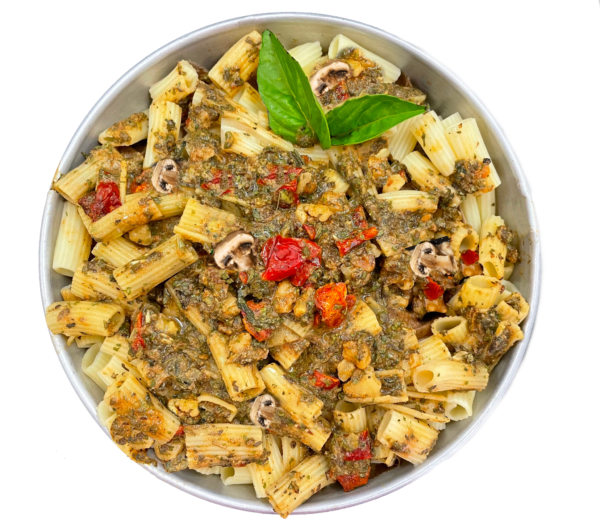
Get Mushrooms from a Trusted Source
When it comes to mushrooms or trail food containing mushrooms, it’s always wise to inquire about their origin. Naturally, most mushrooms grown for human consumption are grown in controlled environments. However, the quality of the soil is important because mushrooms are very porous and easily absorb chemicals like pesticides and heavy metals from the soil. Interestingly, mushrooms are used in a process called mycoremediation to decontaminate toxic chemicals and industrial waste from soil and water.[2]
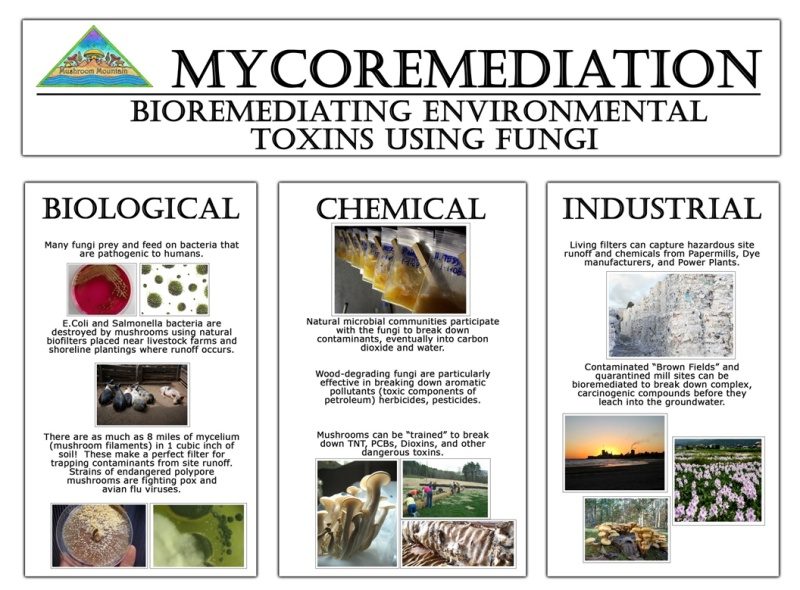
Therefore, to ensure your safety and peace of mind, we recommend only eating organic mushrooms grown on pure and organic substrate without chemical treatment.
Interesting Facts:
- White button mushrooms, champignon mushrooms, cremini mushrooms, and portabello mushrooms are all the same mushrooms at different maturity levels. White button mushrooms are the youngest and have a mild taste, while portabello mushrooms are the oldest and have an intense, meaty flavor.
- The oldest and largest living organism on Earth is a fungus.
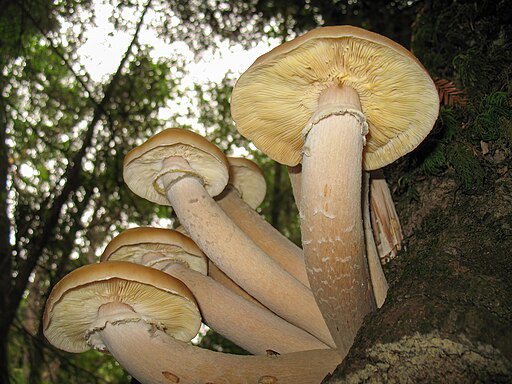
Foraging Mushrooms
Of course, you can also forage mushrooms if you know how to identify edible varieties. If you do forage, be careful! There’s a good probability that you could poison yourself if you don’t know what you’re picking. Begin with mushrooms that are easy to identify and have no poisonous look-alikes. For example, morels, chanterelles, and puffballs are popular choices for beginners.
Speaking of mushrooms growing in the wilderness, if you’ve ever wondered why some mushrooms, such as truffles, chanterelles, and boletes are expensive, it’s because these can’t be mass-cultivated like common button mushrooms. Instead, they require living trees to grow and must be gathered by hand from a forest or wilderness.
Always Cook Mushrooms
The cell wall of fungi contains chitin, which must be broken down with heat to make it digestible and the nutrients available for assimilation as food. Though humans produce enzymes that break down chitin, the process is inefficient in our digestive tract.
If you dry mushrooms at home, you can speed up the drying process by first dry sauteing them in a skillet on medium heat for a few minutes. This cooks off the high amount of water in the mushroom and concentrates the flavor.
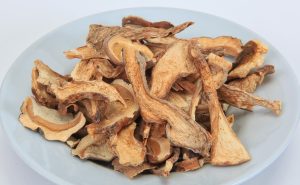
In summary, incorporating mushrooms into your trail diet can contribute to overall health while adding depth and flavor to your meals. Mushrooms are a truly a delightful and remarkable part of the natural world.
View Outdoor Herbivore’s meals containing mushrooms.
Let us know in the comments — do you want to see more mushrooms in your trail food?
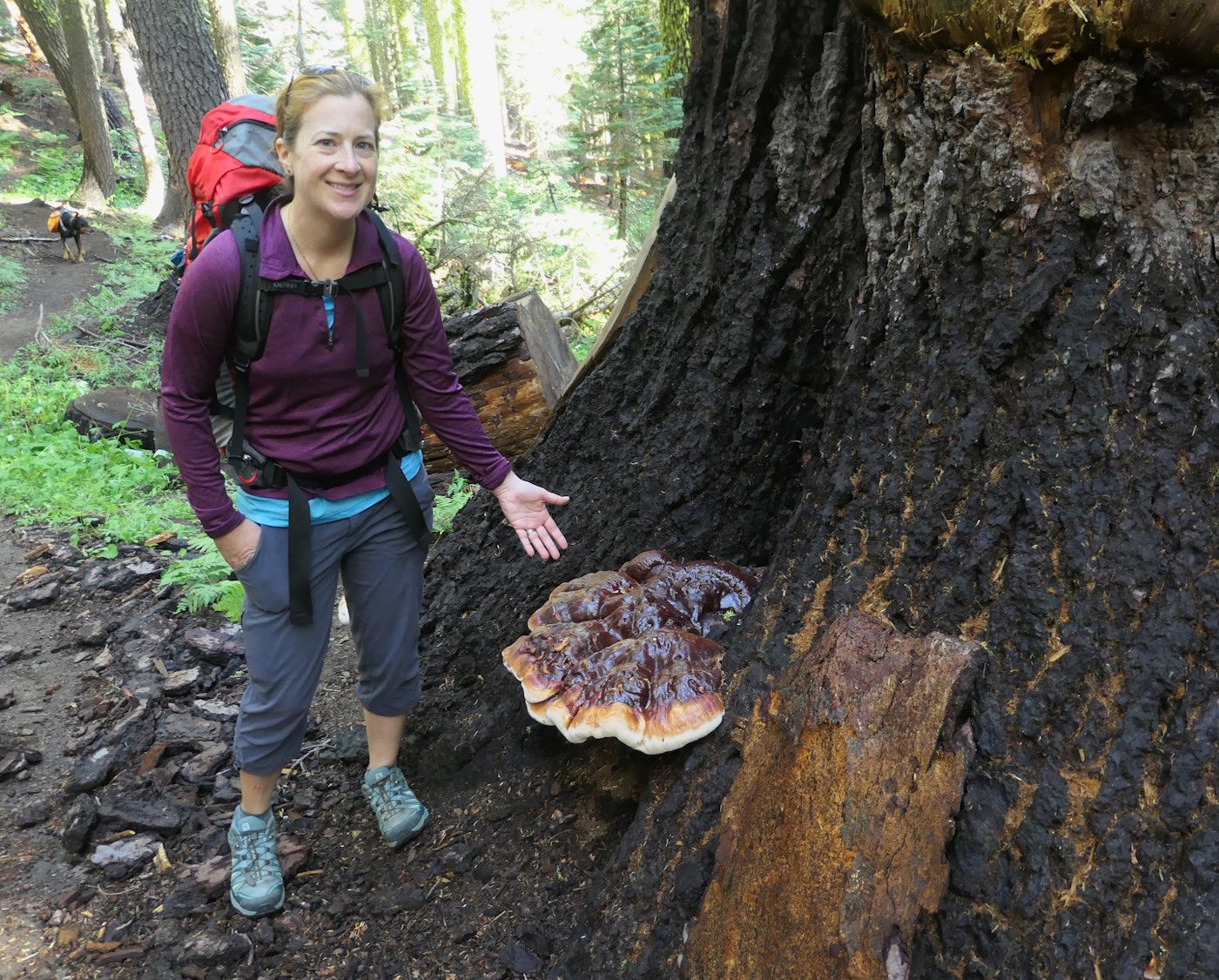
Related Posts:
References
[1] https://www.ncbi.nlm.nih.gov/pmc/articles/PMC3897585/ M., Williams, J. E. and Holick, M. F. Keegan, R., Lu, Z., Bogusz, J., Williams, J., & Holick, M. (2013). Photobiology of vitamin D in mushrooms and its bioavailability in humans. Dermato-Endocrinology, 5(1), 165-176. doi:10.4161/derm.23321
[2] Bosco, F., & Mollea, C. (2019). Mycoremediation in Soil. Biodegradation Processes [Working Title]. doi:10.5772/intechopen.84777 https://www.intechopen.com/online-first/mycoremediation-in-soil
[3] https://radicalmycology.com/educational-tools/mushrooms-101/what-are-mushrooms/